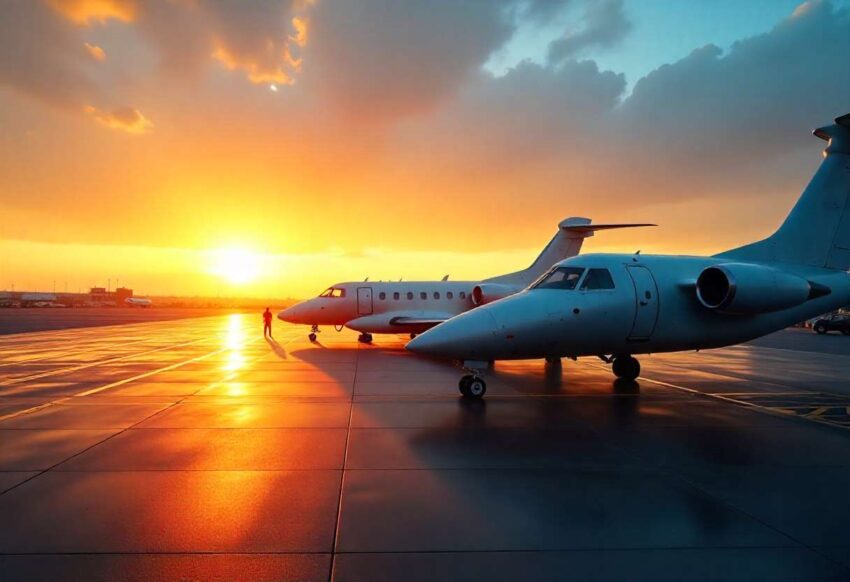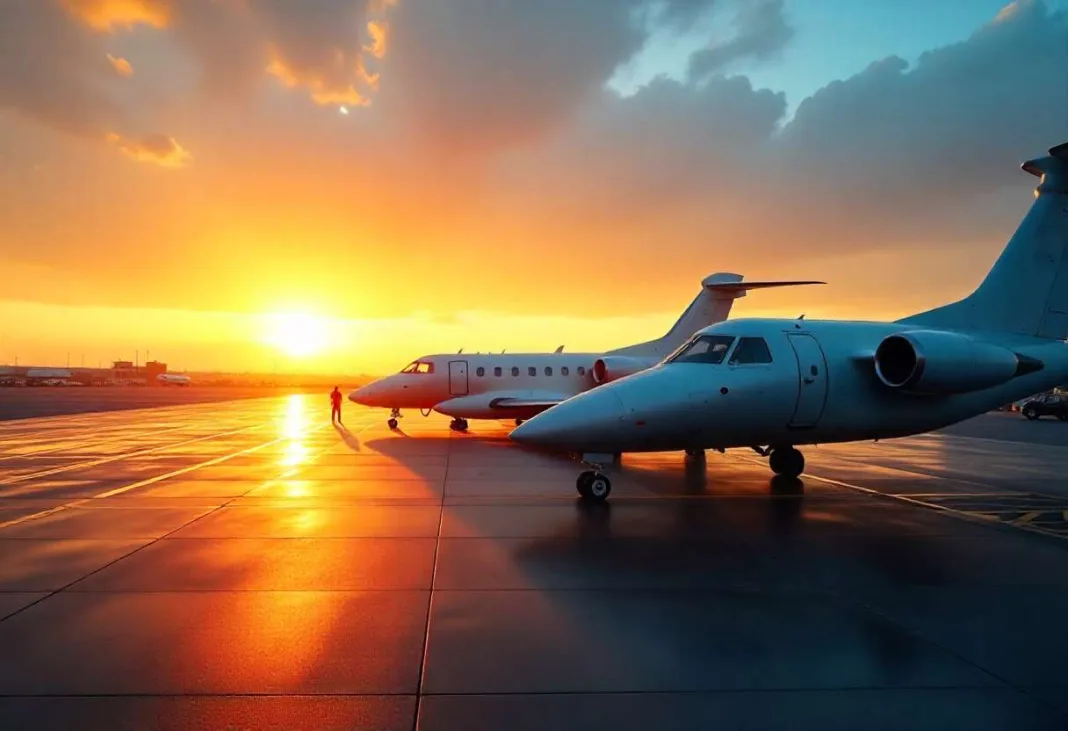Sunday, July 27, 2025

Batik Air Malaysia has officially terminated its Kuala Lumpur–Amritsar service. As part of broader safety-driven route restructuring, the airline is also adjusting flight operations which may ripple into Thailand’s tourism sector through transit disruptions.
The first paragraph is straightforward and personal: passengers traveling via Kuala Lumpur to Thailand may now find fewer connections available. This unexpected route change adds to travel uncertainty even for those not directly flying to India.
Network Reconfiguration: What Changed and Why
In coordination with government aviation oversight, Batik Air has begun rerouting or cancelling selected services linked to the suspended destinations. Official statements emphasize safety as the top priority and confirm continued close monitoring of regional developments.
While passengers affected by the route suspension are being offered refunds or travel rebooking options, Batik Air is also reshaping its schedule. Certain long-haul flights by Malaysia Airlines such as London and Paris routes have been diverted via Doha for fuel and clearance, showing regional airlines’ broader strategy when primary airspace becomes restricted.
Travel Habits and Transit Confidence Affected
Kuala Lumpur International Airport serves as a major hub feeding international tourism flows—including to Bangkok, Phuket, Chiang Mai, and other Thai destinations. With fewer Indian transit passengers passing through KLIA, tourism operators in Thailand are noting subtle changes in booking behavior.
Thai travel agents sharing multi-leg itineraries (e.g. India → Malaysia → Thailand) report cancellations or route changes, impacting package tours that rely on KL stopovers. Thailand’s Tourism Authority and Ministry of Tourism & Sports have in the past acknowledged how disruptions in regional connectivity may indirectly reduce arrivals, even if tourism to Thailand itself remains unaffected.
Thailand Tourism: Indirect But Noticeable Effects
Although Thailand is not the affected destination, its tourism sector may still feel the impact indirectly. Malaysia acts as a major symlink for travelers from South Asia into Southeast Asia. With fewer transit passengers arriving via Kuala Lumpur to hop on onward flights to Bangkok, Thailand-bound group tours and individual itineraries are being reshuffled.
Tour operators in Bangkok and Phuket indicate they are watching connectivity trends closely. Trip planners and multi-destination packages that included KL stopovers must now pivot—either shifting to direct India–Thailand flights, air carriers from other hubs, or using alternate routing. This logistical rebooking could result in slight drop-offs in passenger numbers or higher costs for travelers.
Future Outlook: Regional Flexibility and Planning
With geopolitical tensions prompting route disruptions, airlines like Batik Air must maintain agility. The changes also highlight how dependent travel ecosystems are on well-functioning transit hubs. Thailand’s tourism bodies may need to prioritize diversifying source markets and strengthening direct connectivity—for example with Indian and South Asian carriers—to offset reliance on transits through Malaysia.
As Batik Air phases out its Kuala Lumpur–Amritsar leg, it also appears to be focusing on stabilizing its network elsewhere. According to aero routes reporting, other routes—including services to Thailand itself remain active, though the overall network is being pruned in light of operational and geopolitical shifts.
Conclusion
Batik Air has ended its Kuala Lumpur–Amritsar service due to regional security issues, restructured its flight network, and is assisting affected passengers with rerouting or refunds. Even though Thailand isn’t the direct focus of these flight changes, travel flows through Kuala Lumpur may see a decline, indirectly affecting inbound tourism to Thailand. Regional aviation authorities and tourism agencies are monitoring developments, seeking to maintain seamless travel through Southeast Asia amidst evolving geopolitical realities.







